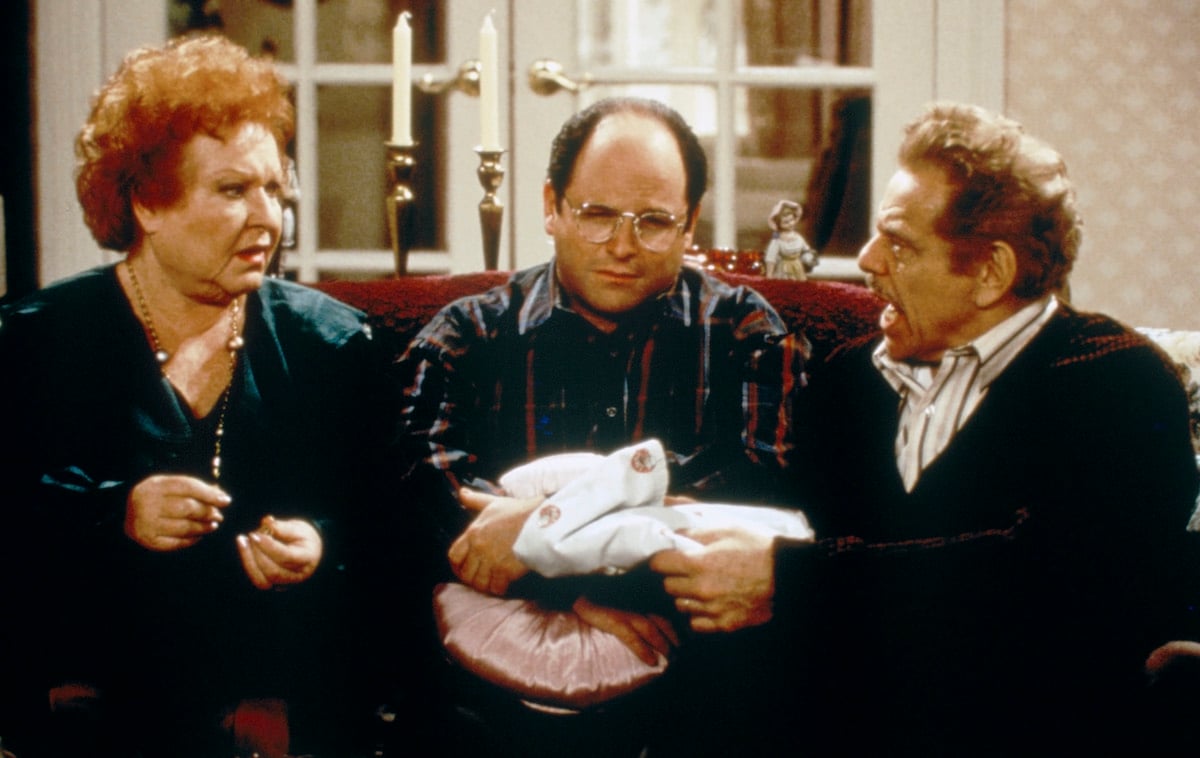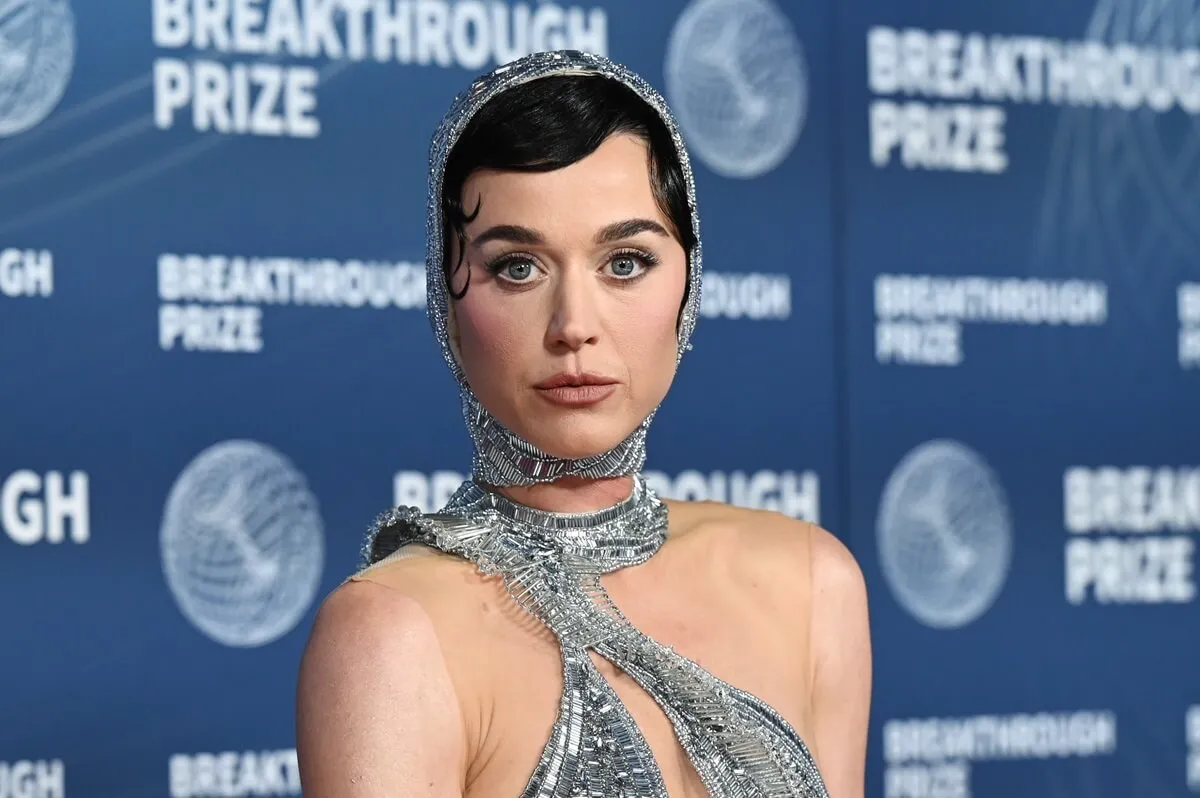‘Seinfeld’: What Is the Meaning of Festivus and What Are the Stages?
The holiday season wouldn’t be complete without Seinfeld‘s Festivus. The show originated this holiday that’s celebrated every year two days before Christmas on Dec. 23. So what is the meaning of Festivus and what are its traditions? Learn how to celebrate the occasion that Frank Costanza (Jerry Stiller) calls “a Festivus for the rest of us!”

Frank Costanza first mentions Festivus in ‘The Strike’
Frank Costanza first mentions Festivus in a conversation with Kramer in season 9 episode 10, “The Strike.” He explains to Kramer the event that led to Festivus. “Many Christmases ago, I bought a doll for my son,” Frank says. “I reached for the last one they had, but so did another man. As I rained blows upon him, I realized there had to be another way.” Frank’s shopping trip didn’t go as planned because the doll he wanted to purchase was destroyed during the fight.
Frank then tells Kramer that all was not lost. He had an idea for a new holiday after that unfortunate experience that wasn’t centered on the commercialism of Christmas. “Out of that, a new holiday was born,” he tells Kramer. “A Festivus for the rest of us.”
What is Festivus on ‘Seinfeld’?
On Seinfeld, Festivus is Frank’s alternative to Christmas with much different traditions. There is no focus on material goods or presents — nor are there any religious aspects.
George Costanza is embarrassed by his father’s celebration of Festivus. He once said his family’s observance of the day got them run out of Bayside, Queens. The holiday is also a source of trauma for him because it reminds him of how harshly his father treated him when he was growing up. But Frank says Festivus is here to stay and that his son shouldn’t shy away from it. “George, Festivus is your heritage,” Frank tells his son. “It’s part of who you are.”
The Festivus traditions
Festivus has some unusual traditions and rules. Here’s what Frank says the stages of Festivus are:
- There’s no Christmas tree; there’s a Festivus pole. Many families who celebrate the holidays include a Christmas tree as part of their decorations. However, a tree is absent from Constanza holiday celebrations. Instead, they put up an aluminum Festivus pole. “It requires no decoration,” Frank tells Kramer. “I find tinsel distracting.”
- The family hosts a Festivus dinner. Dinner is a modest affair, with Estelle serving meatloaf on a bed of lettuce.
- Dinner begins with the airing of grievances. “At the Festivus dinner, you gather your family around, and you tell them all the ways they have disappointed you over the past year,” Frank says during the conversation where he explains Festivus to Kramer. He kicks off the airing of grievances by saying: “I got a lot of problems with you people, and now you’re going to hear about it!”
- Guests must note Festivus miracles. Festivus miracles are essentially any slightly out-of-the-ordinary event that still has a perfectly logical explanation. When you spot one, you exclaim: “Another Festivus miracle!”
- The family engages in “feats of strength.” During this time, the family participates in a wrestling match. Festivus officially ends once a dinner guest has pinned Frank down during the match.
The fictional holiday was inspired by a true story
Where did the idea of Festivus come from? Seinfeld writer Dan O’Keefe told Uproxx the holiday was created by his father. He wasn’t fond of the day and tried his best to forget about it.
“It is a fake holiday my dad made up in the ’60s to celebrate the anniversary of his first date with my mother, and it was something that we celebrated as a family in a very peculiar way through the ‘70s, and then I never spoke of it again,” O’Keefe said. “I had actually forgotten about it because I had blotted it out of my mind.”
O’Keefe said he didn’t want to mention the fake holiday, but his brother mentioned it to two other Seinfeld writers. Not long after that, the famous episode “The Strike” was born.


